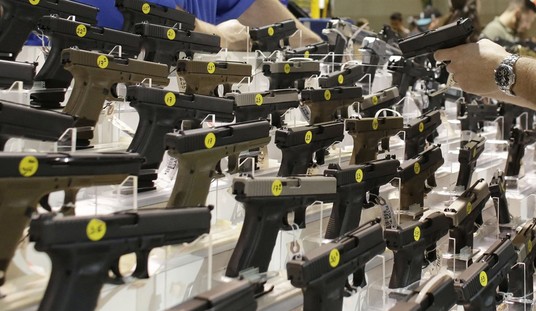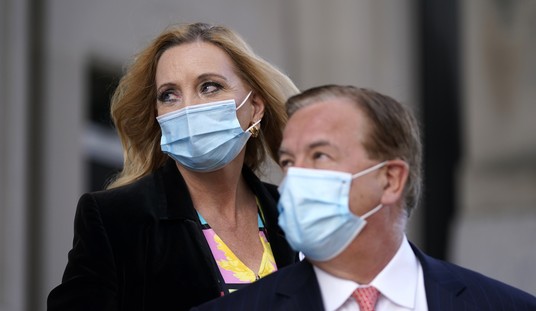Yahoo News buried the lede in a news story about a report on recent mass shootings being published next week by the Advanced Law Enforcement Rapid Response Training (ALERRT) Center at Texas State University.
The report states that:
“The rate at which these events occurred went from approximately one event every other month between 2000 and 2008 (5 per year) to more than one a month between 2009 and 2012 (almost 16 per year),” the researchers wrote. “Our tracking also indicates that this increased rate has continued into 2013.”
It also notes that the median police response time to these events is three minutes, and yet they police arrive after the incident is over 50-percent of the time.
Buried at the very end of the article are what i would consider to be the most important findings, that citizens and bystanders can’t afford to just sit around wait for first responders, but must play an active role in their own defense.
While many attackers commit suicide, the new study states potential victims stopped the attacker in 17 cases that ended before officers arrived.
“This tells us that citizens and bystanders have a very real and active role in stopping these events,” Nichols said. “If we can properly prepare and educate civilians, maybe we can get to where 90 percent are stopped by civilians long before the police arrive.”
The FBI has been busy promoting instructional videos and literature to educate the public on workplace and other scenarios.
“Run, hide and fight are your essential options in a shooting situation,” Schweit said. “The better prepared civilians are, the better they’ll be able to respond themselves.”
Run, Hide, Fight.
The majority of shootings took place in businesses (40-percent), followed by schools (29-percent), or outdoors (19-percent). In other words, the overwhelming majority of these attacks took place in buildings with long, open hallways that are great for escaping if a shooter isn’t there, but turn into a shooting gallery with little to no cover if an active shooter happened to position himself there. Rooms in most businesses and schools branch off of these hallways, so that a shooter standing in the hallway can superficially “clear” each room and still control the primary avenue of escape.
Survival in these scenarios seems to come down to proximity, time, and the aggressiveness of would-be victims.
I wonder if the researchers go as far as to suggest that the “better prepared civilians” are those carrying concealed weapons, as common sense and a number of scenarios suggest may be the best defense? We’ll let you know once we get our hands on a copy of the report.








Join the conversation as a VIP Member